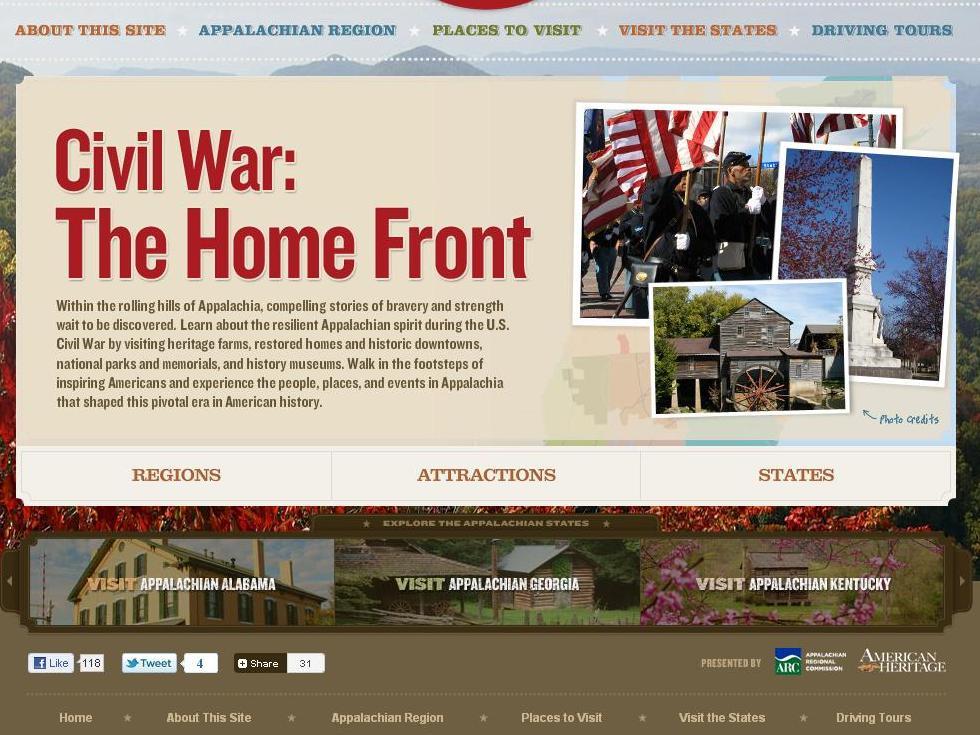
Section Branding
Header Content
Map Highlights Civil War Homefront
Primary Content

When James Shields died in April 1863, his farm in Jefferson, Ga., passed to his two sons.
But they had to go fight in the war, leaving Shields’ wife Charity with a handful of livestock and a couple of bales of cotton.
“So she, this plucky woman, this plucky farm wife, took over that whole farm and operated it successfully until her sons returned from battle,” said Louis Segesvary, spokesman for the Appalachian Regional Commission, which included the Shields family’s farm on a map of Civil War historic sites focused on the impact of the war away from the battlefront.
“That’s one of the ways in which the sociological landscape changed in Appalachia during the Civil War. Women rose to the forefront and they assumed a role in the South and in the country that dramatically changed as a result,” Segesvary said.
What is now called the Shields-Etheridge Farm is one of 10 Georgia sites on the commission’s map highlighting the human drama on the homefront during the war.
Segesvary said the stories of the places on the map highlight the cultural and social impact of the war.
“You know, there was a great deal of suffering behind the human lines as well as intrigue and mystery and stories of people faced with challenges they couldn’t have imagined,” he said.
The hope is to expand Civil War tourism beyond the battlefields and spread the economic benefits of that tourism.
Other Georgia sites on the map include the Crawford W. Long Museum in Jefferson for the Confederate doctor who first used anesthesia during surgery and a museum in Kennesaw that tells the story of a train race led by a civilian spy who was trying to disrupt Confederate supply lines.
There are also several mills important to the families at home as well as the war effort on the map.
Click here for to see an interactive version of the map on the Appalachian Regional Commission web site.
Tags: Civil War, Appalachian Regional Commission, Civil War anniversary, georgia civil war, Civil War map, Civil War tourism, Louis Segesvary, Crawford W. Long Museum, Southern Museum of Civil War and Locomotive History, Shields-Etheridge Farm
Bottom Content

